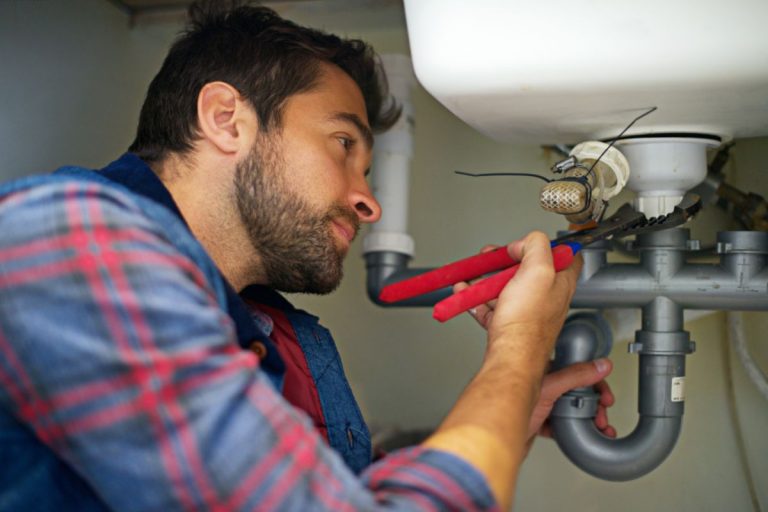By continuously monitoring the user’s breathing zone, personal gas detectors keep the workers safe from atmospheric risks. These detectors function at close range to the user. Our gas detectors & monitors will enable you to work in even the most demanding industrial situations, such as unstable regions and restricted spaces.
The Gasman portable single-gas detector is small and light but challenging enough for industrial use. A prominent display shows gas concentration, audio, visual, and vibrating alarms, and audio, visual, and vibrating alarms are included. It can be utilized in oil and natural gas, chemical plants (with unusual gases), steelworks (specific CO sensor), sustainable sources (hydrogen), and waste and water treatment plants for industrial gas detection. It’s also available in a secure CO2 variant that measures 0 to 5% carbon dioxide.
The basic working principle
Hydrogen sulfide (H2S) gas takes only a few minutes to overcome. The respiratory system is paralyzed virtually instantaneously, with no indication of a problem. The rotten-egg odor of hydrogen sulfide is well-known, although it is only noticeable at low levels, which might be annoying and provide motivation to flee. The toxic gas levels prevalent mostly around manure storage, which can throw a human to the floor in respiratory distress, are increasing concern to oxygen usage and the central nervous system—hydrogen sulfide functions as a chemical asphyxiant.
Gas monitoring has always been suggested when working with dangerous gases like hydrogen sulfide. For on-farm use, portable gas monitors were available at a reasonable price. When working in toxic environments, there is a hierarchy of preventive measures that can be used. Ventilation of the location, risk assessments, and personal protective equipment ( PPE are all advised as layers of control (PPE: masks, respirators). This personal gas monitor detects potentially dangerous situations and alerts the user when it’s time to flee. This preliminary report will teach you the essential details you consider when purchasing a portable hydrogen sulfide gas monitor.
Wide Usage
In addition to hydrogen sulfide readings, a multi-gas monitor for professional manure transporters can be fitted with sensors that measure additional dangerous methane gas, low oxygen levels in confined spaces, and carbon monoxide (emission) from machine operation. Methane is sometimes referred to as the LEL or lowest detection limit of combustion products. Multi-gas monitors are around double or triple the price of single-gas monitors.
Personal H2S gas detectors have a clip or ring that allows them to be attached to garments. A personal gas monitor should be placed inside the breathing zone, which means the monitor should be fastened to a neck, lapel, and breast pocket with a gas sensor exposed and unobstructed.
















